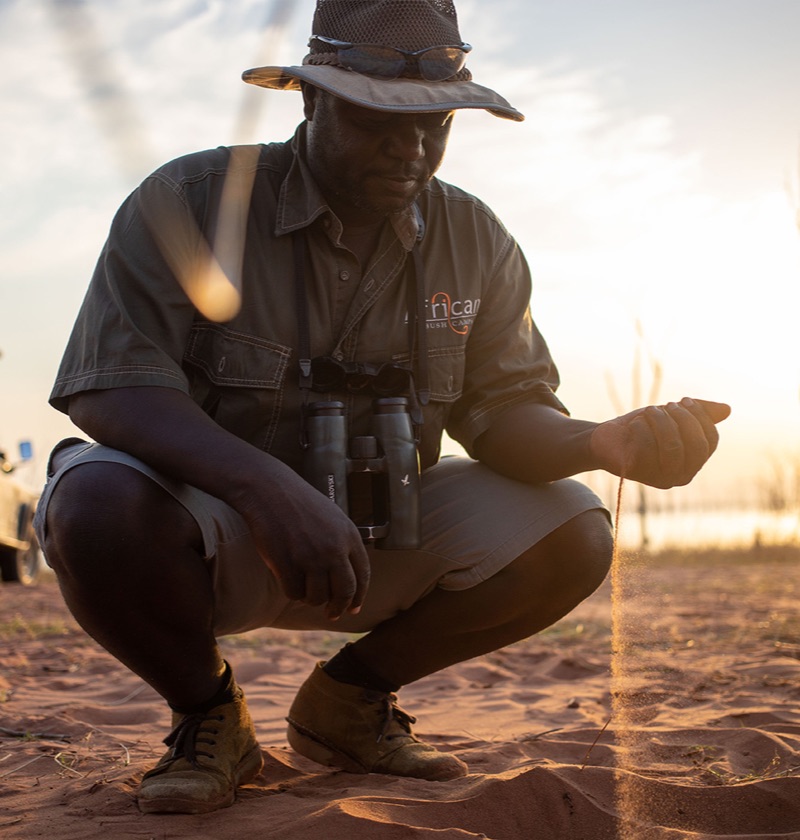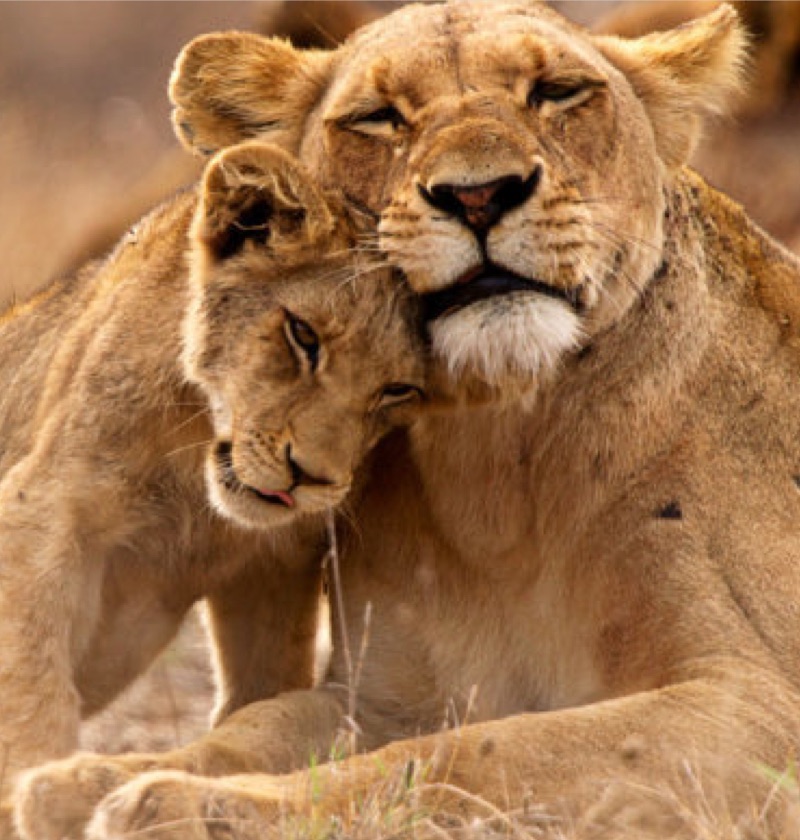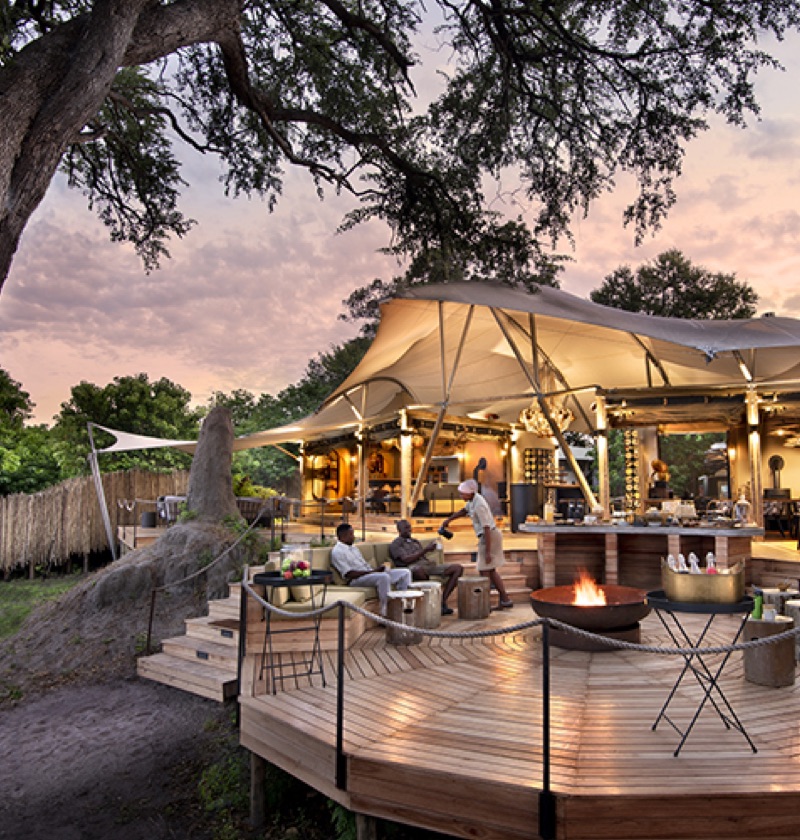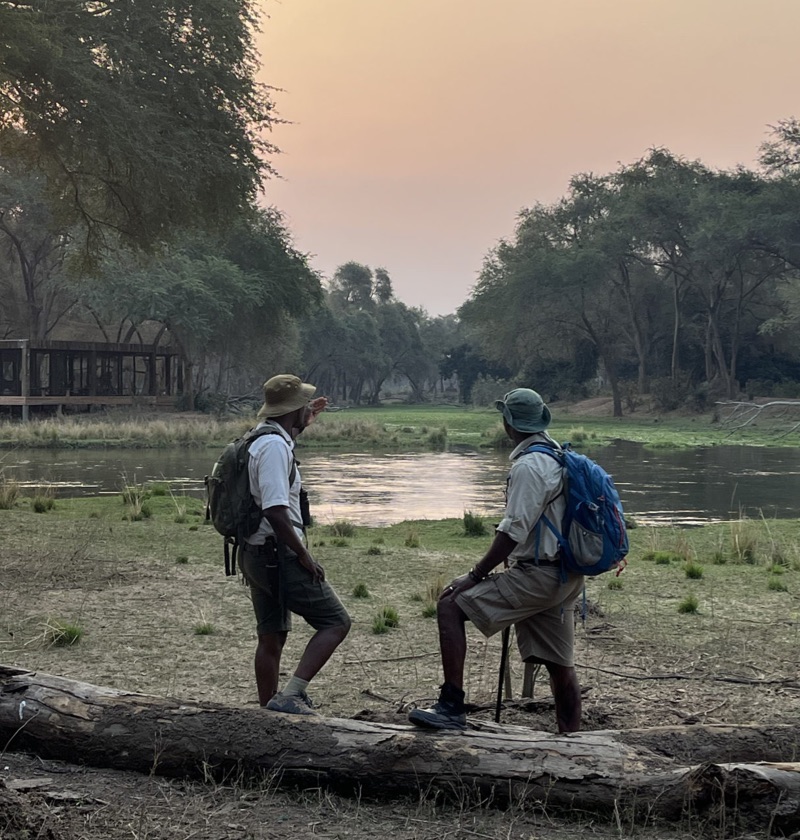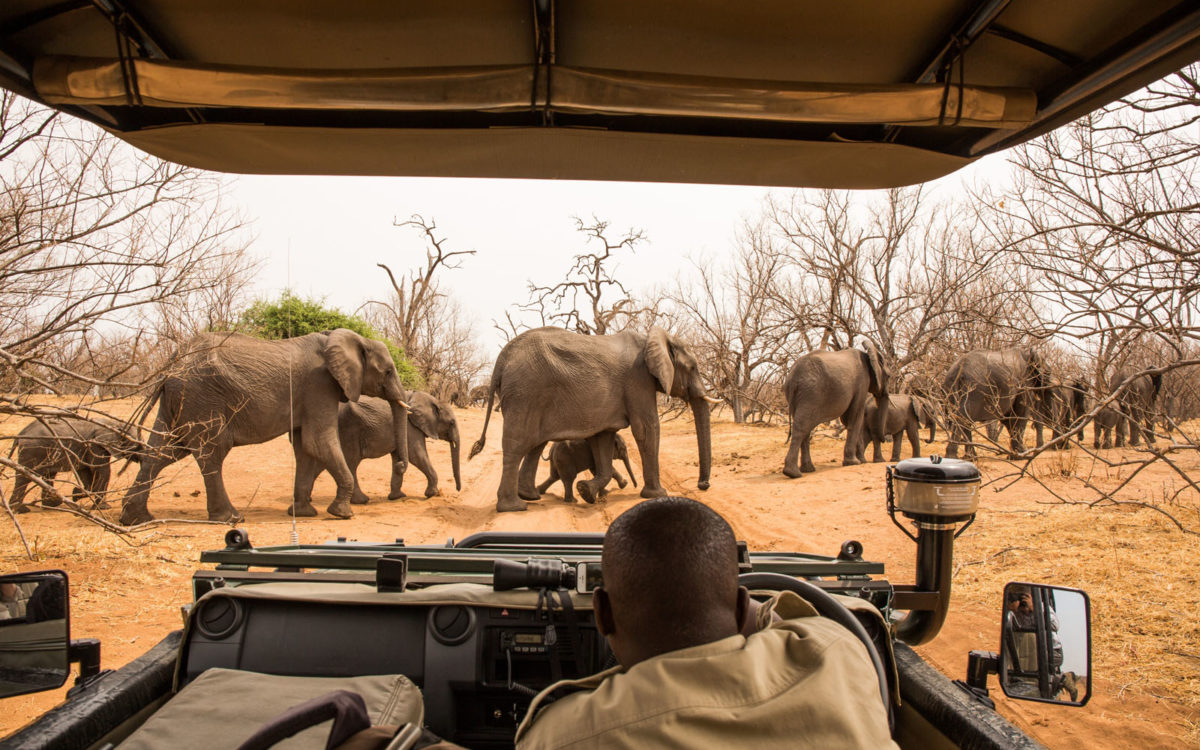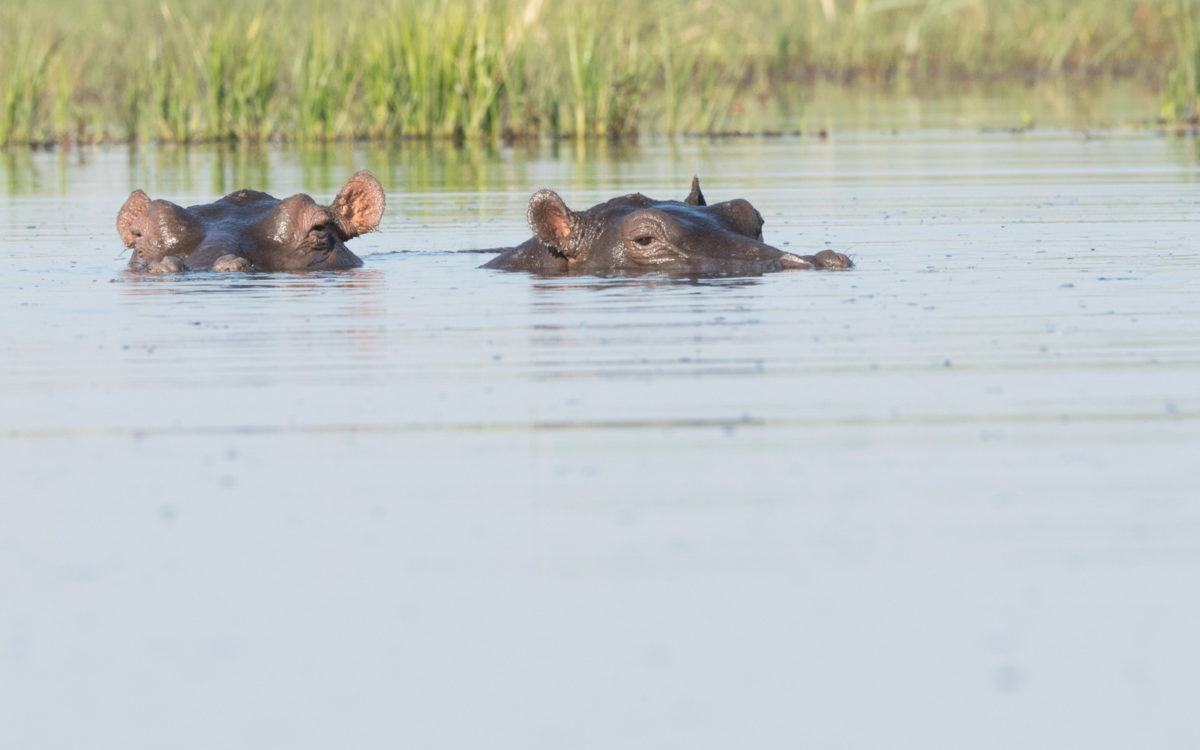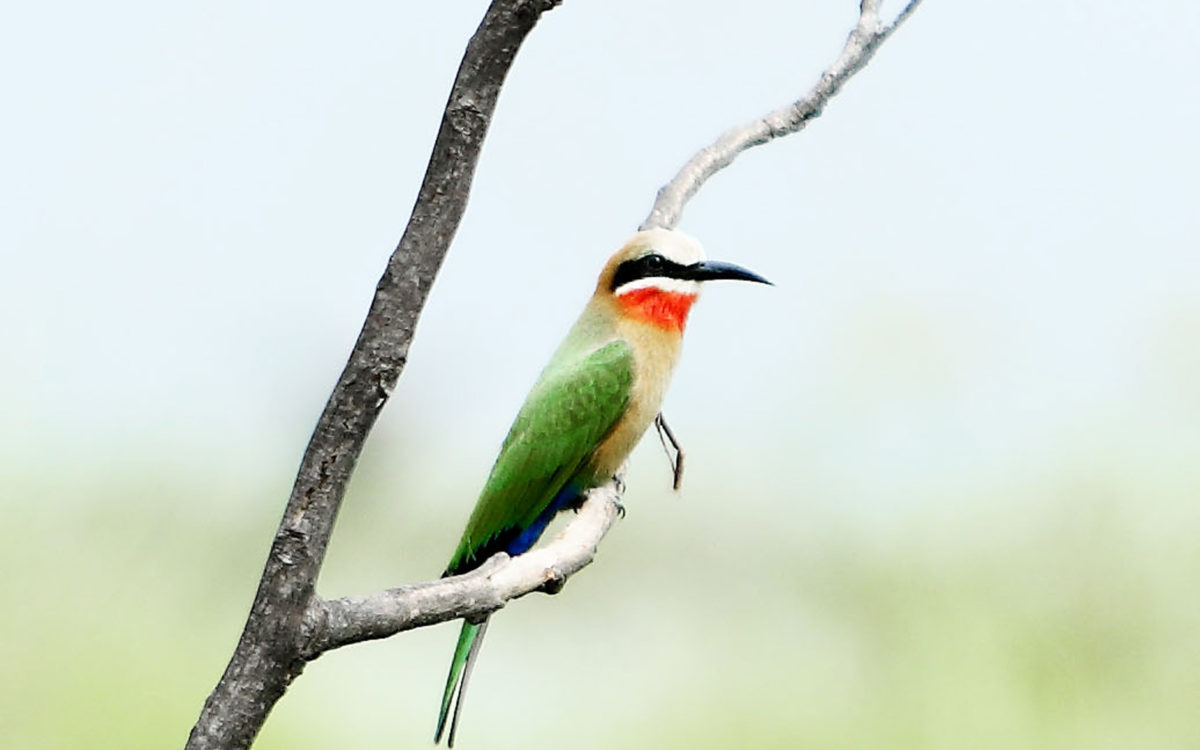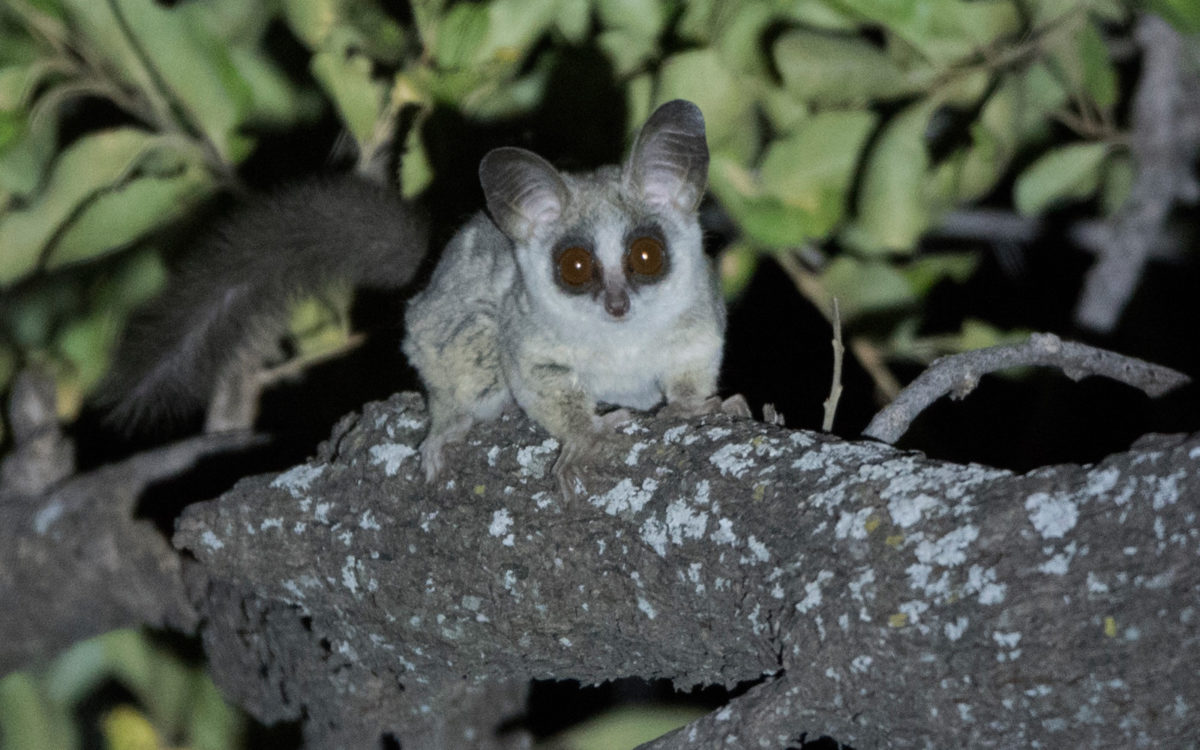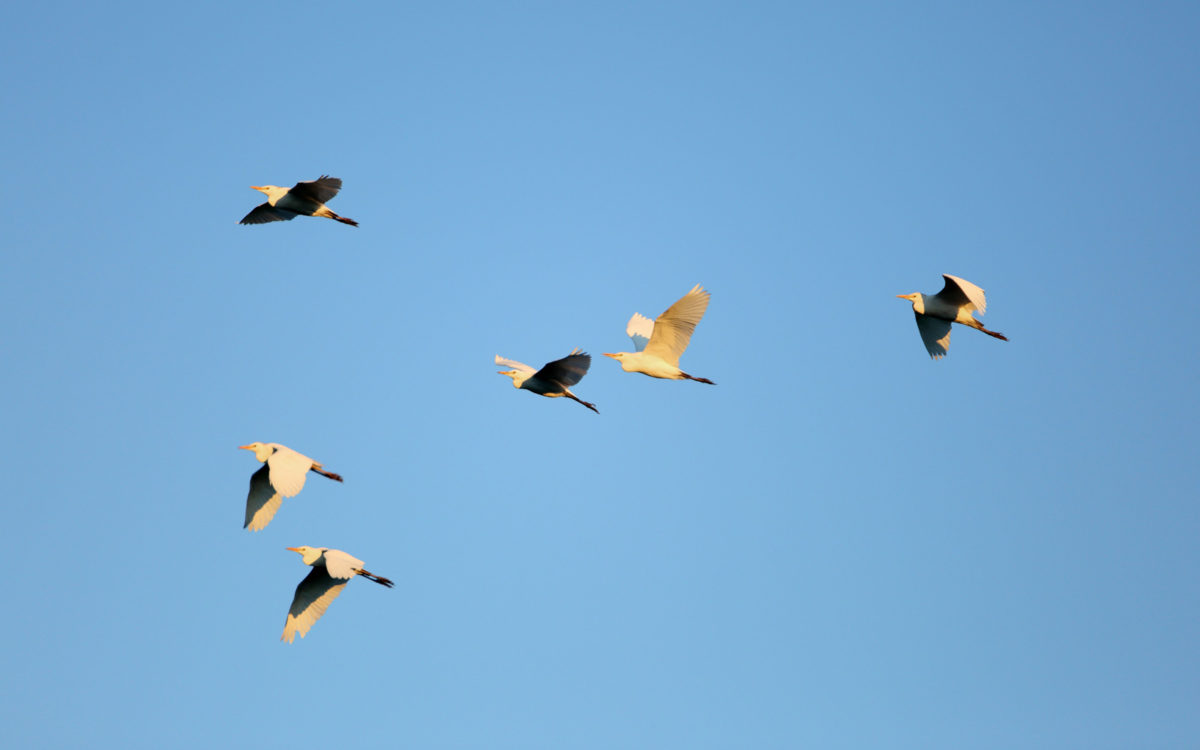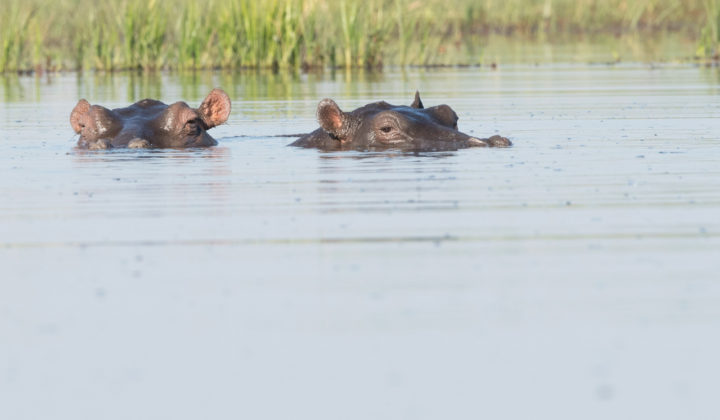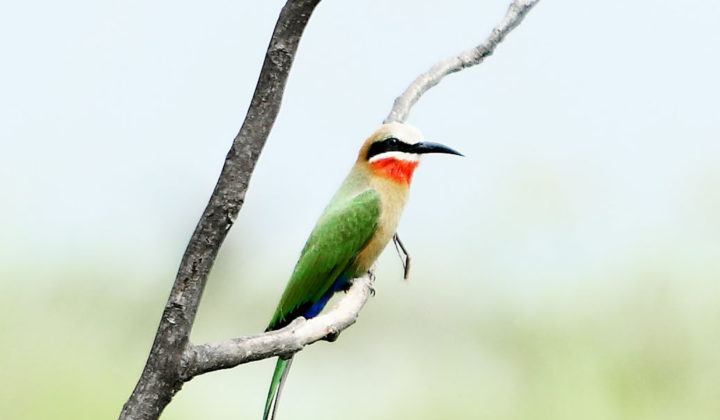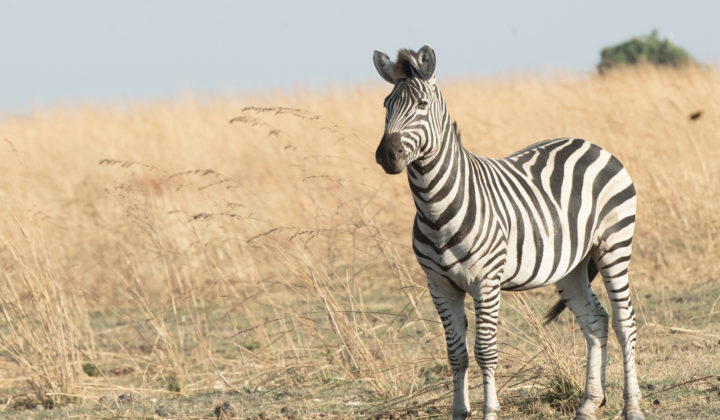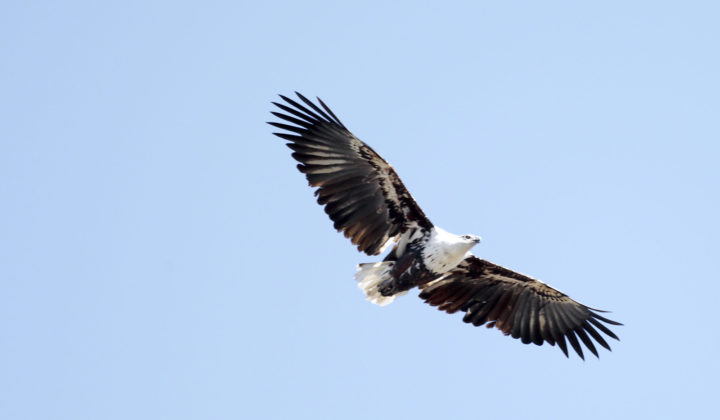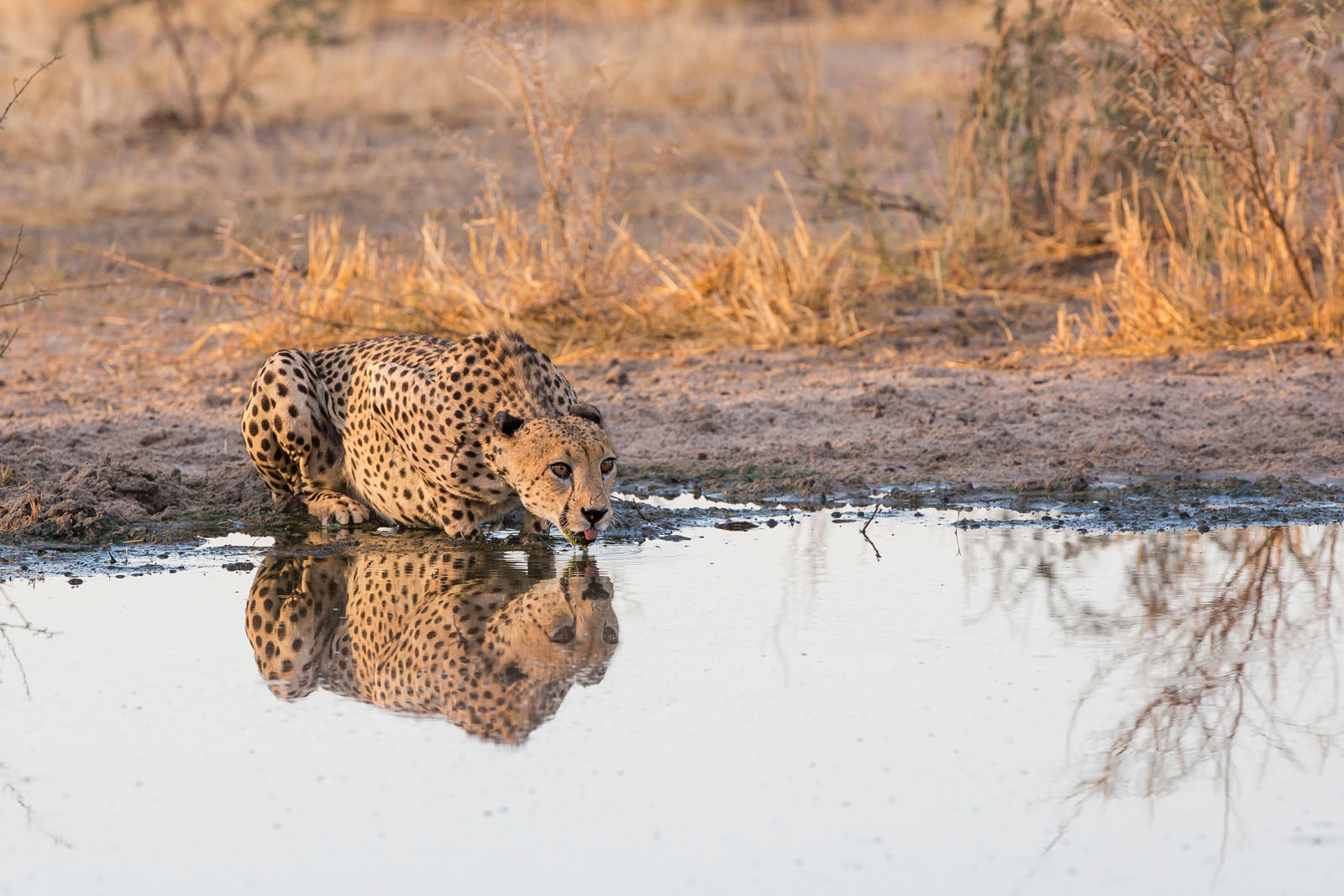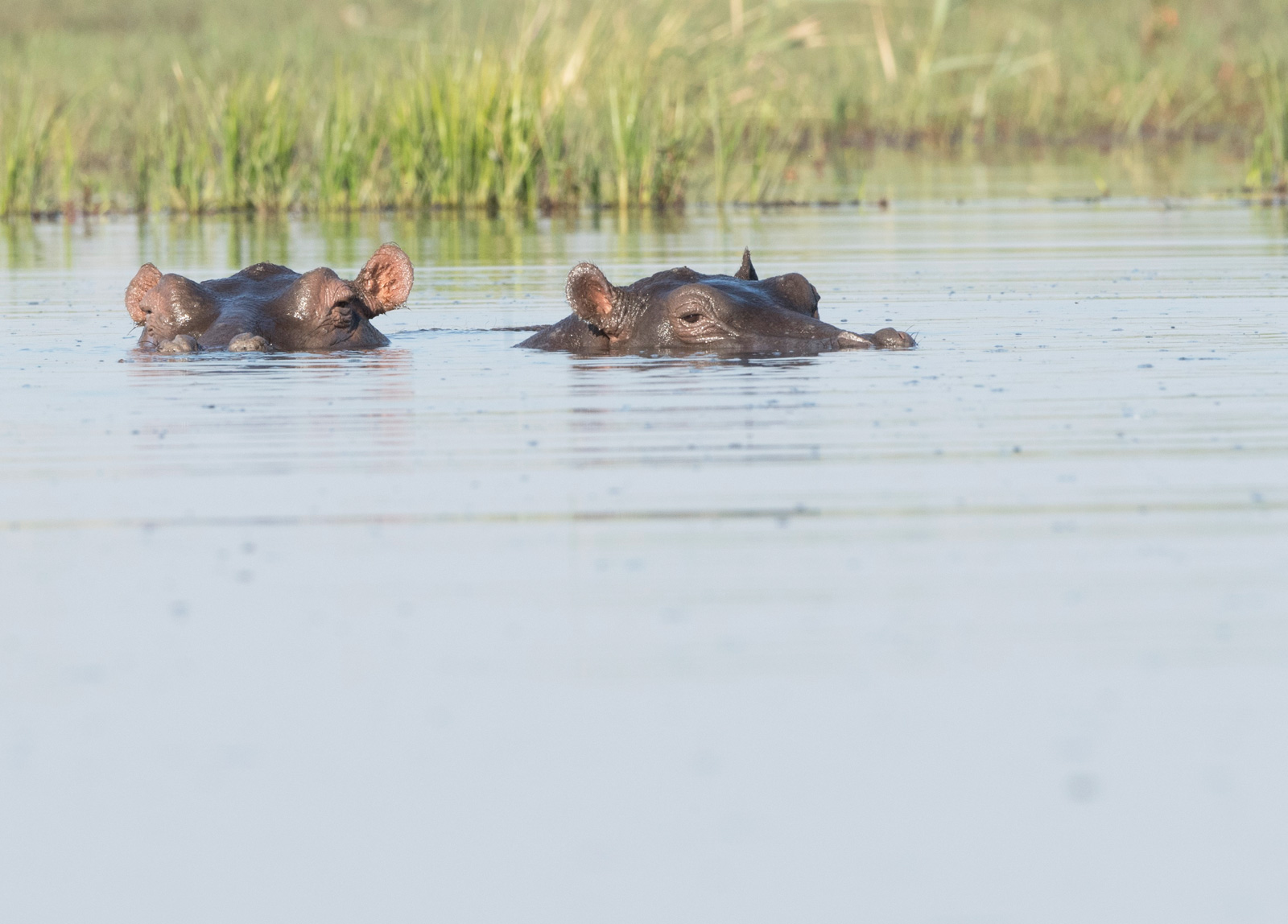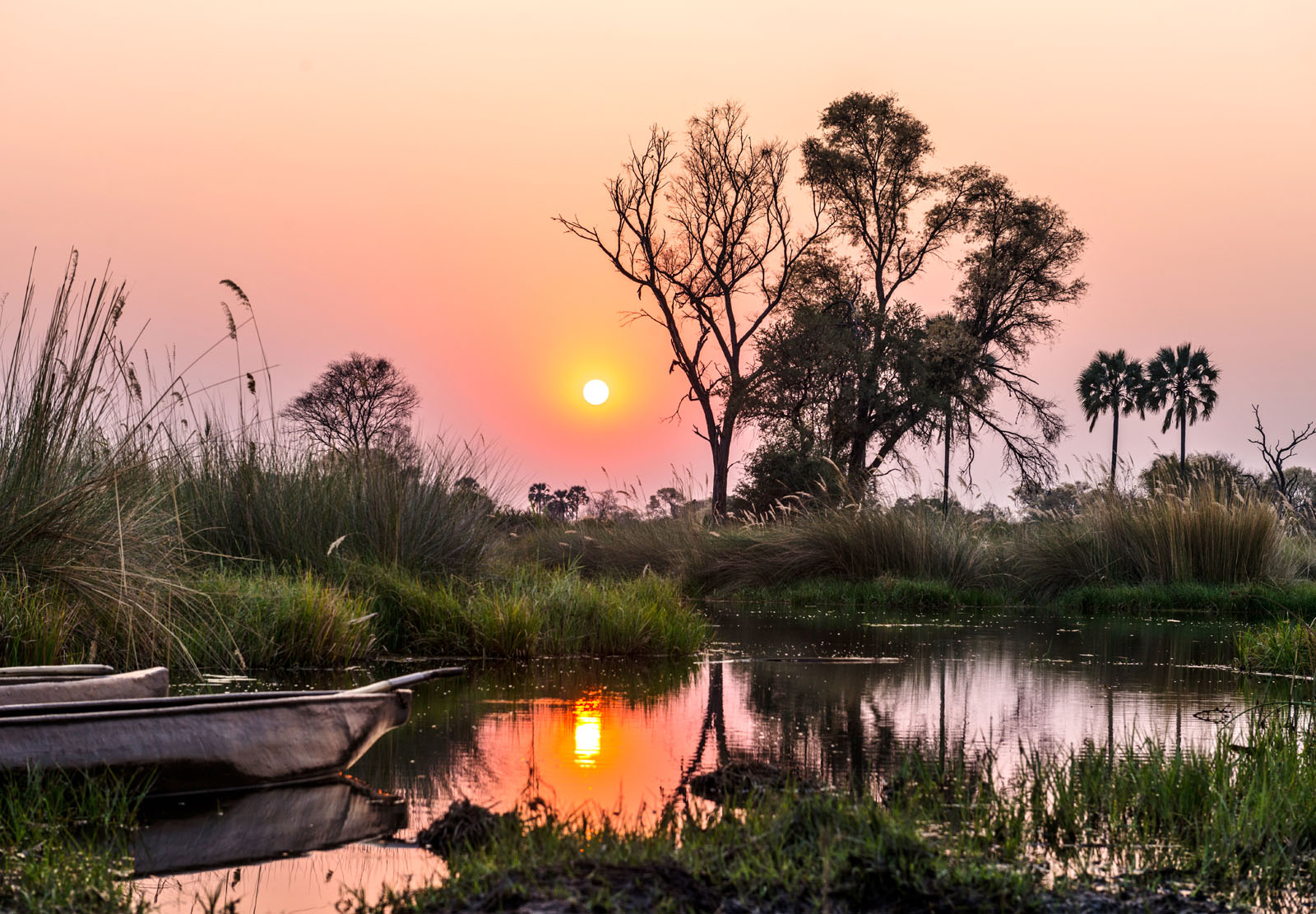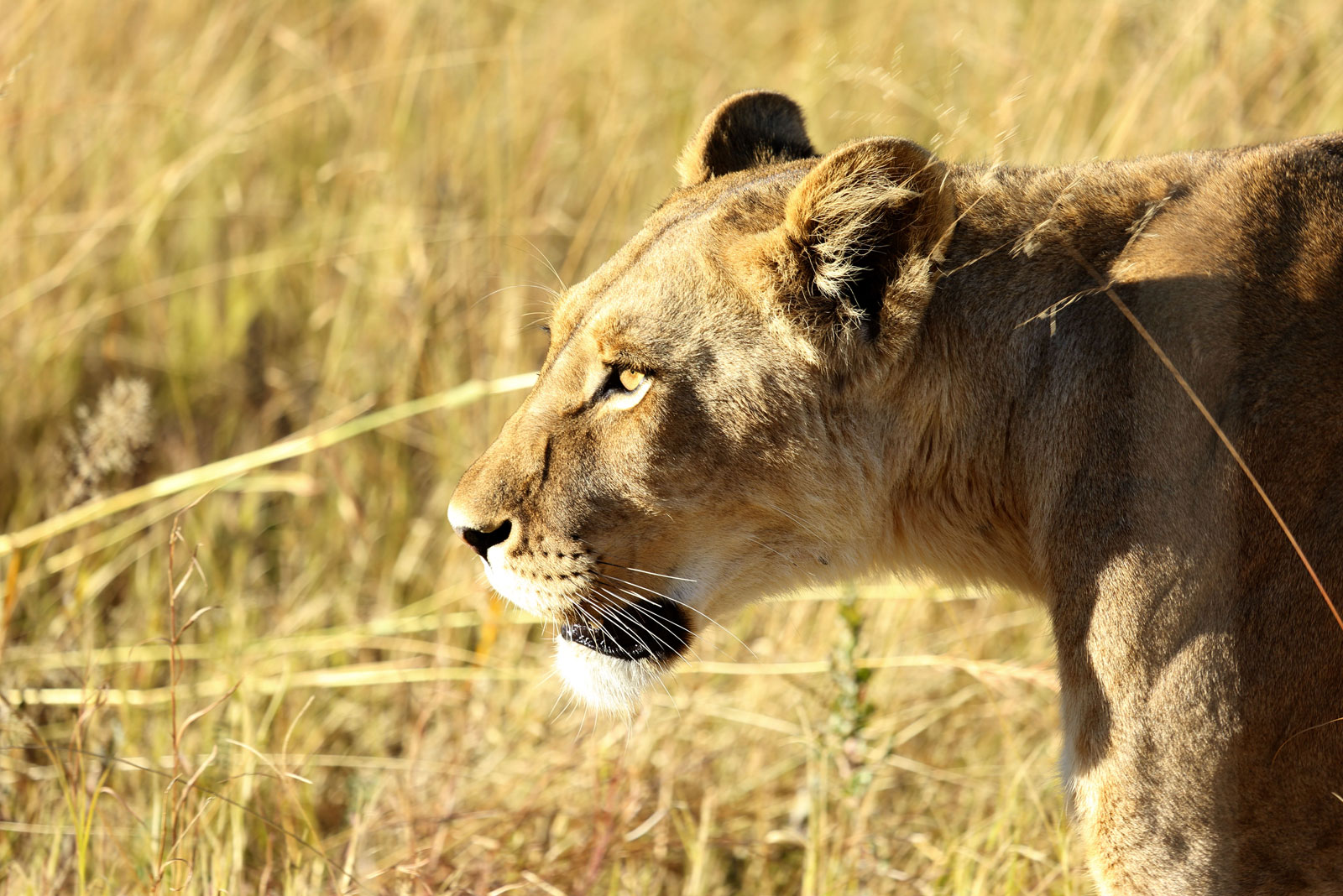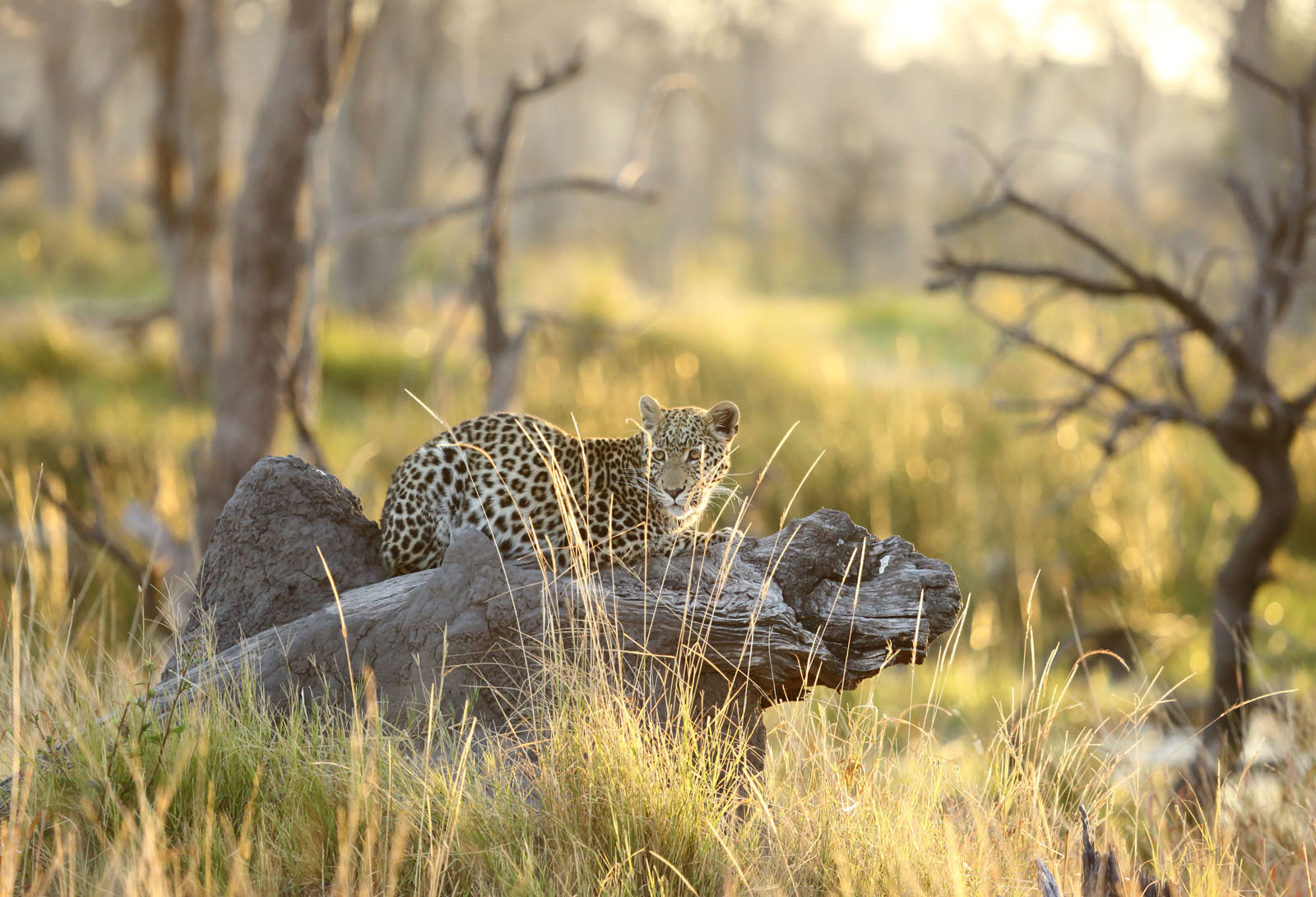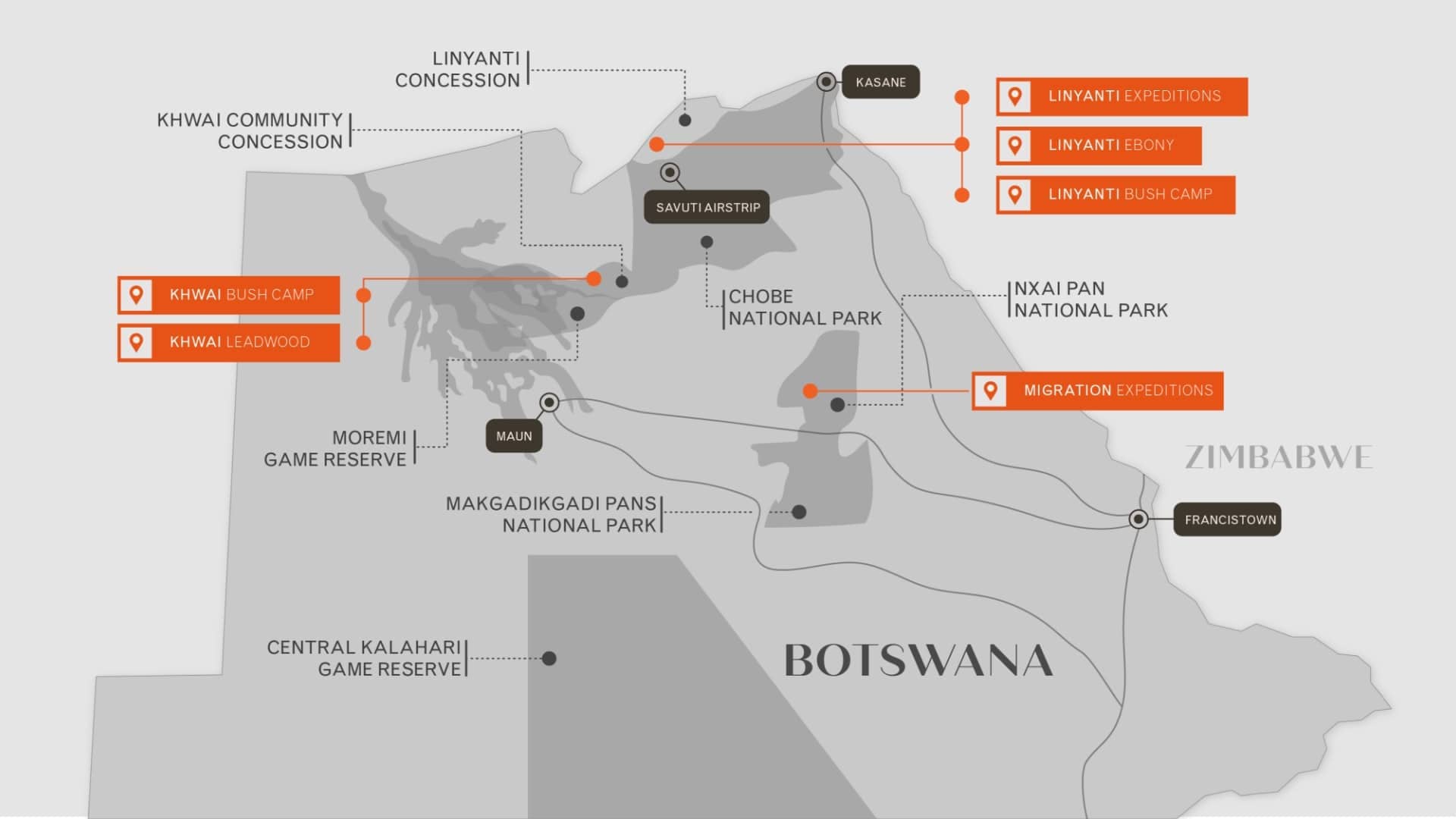January is traditionally the raining season in the Chobe area, bringing an abundance of life to the wilderness. Migrant birds are in full breeding plumage, there are lots of baby animals around and the vegetation is bright and green making it ideal for photographers. The older bulls remain in the area where there is good food and lots of water, while the larger herds of elephants and buffalo start to moved further into the Mopane woodlands. In general this is a great time for birders and photographers.
Plan your Safari
February is very similar to January with high daytime temperatures and afternoon thunderstorms. The migrant birds are still around after the breeding season, so this is still a good time for birders as they are now nesting. The young animals are growing and becoming wiser making it slightly more difficult for the predators, but it can still be quite an exciting time. The older bulls remain in the marsh area where there is still plenty of food and water, while the large herds of buffalo and elephant start to move deeper in the Mopane woodlands. This a great time for photographers as the air is clear, skies are blue and the vegetation is bright and green.
Plan your Safari
March is nearing the end of the rainy season. The migrant birds start to make their way back to Europe and northern Africa. The skies are still clear and bright blue and the vegetation still green. With the rains and surface water the herds of elephants and buffalo have generally moved further into the Mopane woodlands, but the older bulls and plains game remain behind. Lion and leopard sightings can be good as they are territorial and so remain in the area throughout the year. March and April are known as the rutting season as impala and other antelope start to fight and find a mate for the season. Daytime temperatures can reach into the 30°C, but evenings and mornings are starting to be more chilly, especially when you are in an open vehicle, so warm clothes are recommended.
Plan your Safari
April is a bit of a transitional month as it is the end of the rainy season and start of the dry season. The later you go in the month the less chance you have of rain. The vegetation is still green, the skies blue and the air clear making it ideal for photographers. Daytime temperatures can be a comfortable 20°C, but evenings and mornings can be rather chilly as we move towards winter, so warmer clothes are recommended for open game drives. Towards the end of the month family herds of elephants and buffalo may be seen as the inland surface waters start to dry up. The Linyanti marsh starts to fill up again as the floods from the catchment areas make their way towards Botswana.
Plan your Safari
May is traditionally the start of the dry winter months with cold evenings and mornings with clear skies and comfortable temperatures during the day. Warm clothes are highly recommended for those early morning and evening game drives in open vehicles where blankets and hot water bottles are often needed! As the surface water inland starts to dry up, so we start to see more and more family herds of elephants and buffalo, especially towards the end of the month. The waters of the Linyanti Marsh are at their highest as the floods arrive from Angola and Zambia catchment areas. Plains game are still very much present and make up most of the animals seen. As the vegetation starts to dry up it becomes safer to offer walking safaris. The waters of the marsh are also at their highest and so mokoro trips are also possible.
Plan your Safari
As the dry months set in the vegetation dries up even more, making it easier to see the animals. Daytime temperatures are comfortable, but evenings and early mornings are cold and so warm layers are highly recommended for game drives. The water levels of the Linyanti Marsh are at their highest making mokoro trips possible. With the dry vegetation walking safaris are a fantastic and exciting way to experience the area. As the inland surface water dries up, so the herds of elephants and buffalo start to grow as they move towards the permanent waters of the marsh. Lion and leopard are territorial and so do not move from their areas and so for guests staying 3 or more nights, they have an excellent chance of seeing the big cats. This is a great time of year for everyone looking for an exciting safari.
Plan your Safari
As we move further into the dry season the game viewing improves as the larger herds start to gather along the marsh, having moved from the inland Mopane woodlands. Leopard and lion are seen more often as the vegetation dries up. Daytime temperatures are comfortable, but evenings and mornings can be chilly, especially for morning and afternoon game drives, so warm layers are highly recommended. Mokoro and walking are both possible in July, creating some fantastic safari experiences. July is a great time of year for a safari in Chobe National Park as game sightings can be excellent.
Plan your Safari
We are now midway through the dry season and the vegetation is drying more and more each day. Larger herds of buffalo and elephant make their way to the marshes in the mornings making for some fantastic wildlife encounters. Lions and leopards are seen more often as the thinning vegetation allows you to see further. Wild dogs are seen occasionally as they move through the concession in search of food. All activities are on offer including mokoros and walking safaris. Walking safaris can be a very exciting way to experience the African bush with all your senses. The daytime temperatures start to rise and can get to high 20°C’s, but evenings and mornings can still be chilly so it is recommended that you are prepared for this. August is one of the busiest times in Chobe as it offers excellent wildlife viewing in comfortable and dry weather.
Plan your Safari
September has to be one of the best times of the year to experience the Chobe. The day time temperatures can get hot with highs of 30°C+, especially towards the end of the month. This is one of the driest times of the year and by now the vegetation is brown and very thin making it easier to spot the animals. Large herds of elephant and buffalo make their way to the marshes in search of permanent water and food. Leopard and lion are seen more often as it is easier to see them in the dry vegetation. Wild dog are seen occasionally as they move through the concession in search of food. The air starts to become dustier which means the sunsets are spectacular. The water levels of the marsh are still high enough for mokoro. Walking safaris are excellent now as guides can see further through the bush making it easier to see the wildlife. If you are looking for large herds of elephants and buffalo as well as good predator sightings then September is a good time of year for you to go on safari in Chobe.
Plan your Safari
October is the peak of the dry season and is also the hottest month with daytime temperatures reaching the 40°C’s at its peak. There is little wind but the game viewing at this time of the year can be spectacular with large herds of buffalo and elephant. The vegetation is at its thinnest and the air is quite smoggy with dust and smoke from bush fires, making for some of the best sunsets in Africa. Lion and leopard are seen more often as the bush thins out. Glimpses of wild dog can be seen as they move through the concession in search of prey. Water levels start to drop off in the marsh, but they are still high enough to offer mokoro. October is perfect for walking safaris as the thin bush allows guides to see animals further away, often meaning you can sneak up and get a closer view.
Plan your Safari
The game viewing before the rains is very similar to that of October with large herds of buffalo and elephant. The daytime temperatures can get very hot topping at over 40°C, but as the rains start this can drop to a more comfortable temperature. When the rains do start, they usually consist of an afternoon thunderstorm that lasts no more than an hour, clearing up to bright blue skies and transforming the vegetation to a bright green as new leaves start to blossom. Towards the end of the month the impala and other antelope will start to give birth. With the many baby animals around it means easier prey for the carnivores and so this can be an exciting time of year to be in the Chobe. Birding is fantastic throughout the year.
Plan your Safari
December is the start of the rainy season as the thunderstorms become more frequent. This means there is more surface water around so the family herds of elephant and buffalo move into the thicker Mopane woodlands. With the onset of the rains the impala and other antelope start to give birth (this could be at the end of November as well). With lots of inexperienced antelope around, the predators make the most of this making it an exciting time to be on safari. Lion and leopard are resident, therefore do not move far as they still patrol their territories to prevent intruders. Wild dogs move huge distances every day and sightings are rare, unless they are on the concession hunting the plentiful baby impala. Birders are in their element as migrants and locals are in full breeding plumage to attract a mate. Day time temperatures can reach into the mid 30°C’s, but if there is rain it can drop quite significantly. When it does rain, it is usually an afternoon thunderstorm that last no more than an hour. The air is clear of dust, the skies are bright blue and the vegetation is lush and green making it an ideal time for photographers.
Plan your Safari


